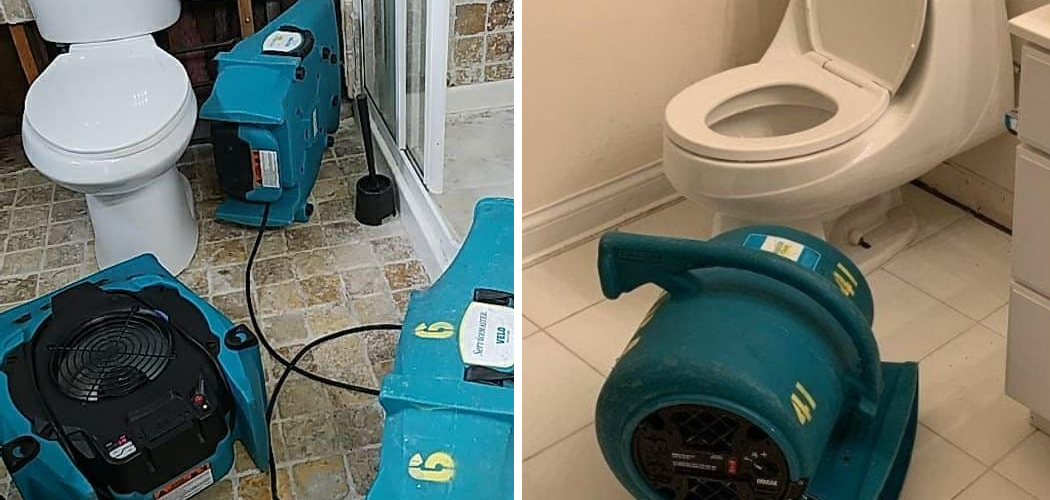A flooded bathroom can be a homeowner’s nightmare, causing potential structural damage, fostering the growth of mold, and creating numerous health hazards.
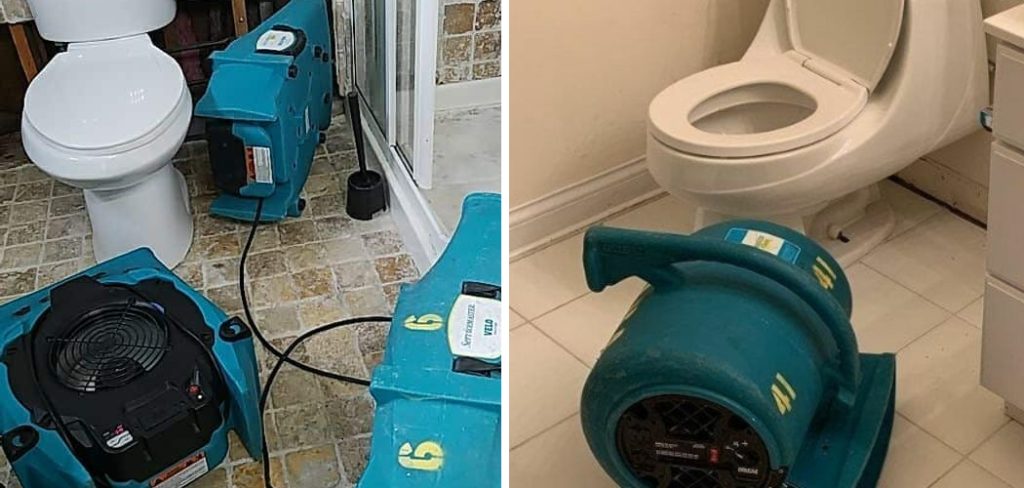
The key to mitigating these issues lies in prompt and effective cleaning. This guide on how to clean a flooded bathroom aims to provide you with step-by-step instructions on how to efficiently clean a flooded bathroom, covering everything from initial damage assessment to the final touches of sanitation and prevention of future flooding. Whether it’s a minor overflow or a major flood, these tips will help you restore your bathroom to its pre-flood condition.
What is a Flooded Bathroom?
A flooded bathroom is a situation where water has accumulated on the floor, usually due to an overflow or malfunctioning plumbing fixtures.
This can happen in an instant, causing a sudden and unexpected flood, or it can occur gradually due to slow leaks. Regardless of the cause, a flooded bathroom should be addressed immediately to prevent further damage.
It’s essential to understand that a flooded bathroom is not only an inconvenience but also a potential health hazard. Stagnant water can become a breeding ground for bacteria and mold, which can cause respiratory issues and other health problems.
Furthermore, if the flooding is severe enough, it can compromise the structural integrity of your home.
Necessity of Assessing the Damage
The first step in cleaning a flooded bathroom is to assess the extent of the damage. This will help you determine the appropriate course of action and identify potential safety hazards.
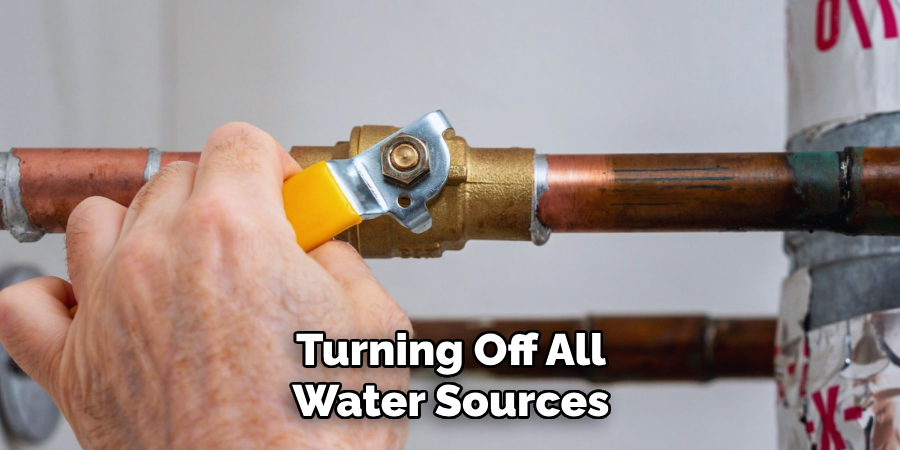
Begin by turning off all water sources to prevent further flooding. Then, take a look at the affected area and try to identify the source of the water.
Is it coming from a burst pipe, clogged drain, or overflowing toilet? If the source of the water is not obvious or if it’s a major flood, consider calling a professional plumber to address the issue.
Next, check for any electrical hazards. Never touch electrical fixtures or appliances while standing in flooded water and always turn off the electricity in the affected area before starting to clean.
Needed Tools and Materials
Before you start cleaning, make sure you have the necessary tools and materials on hand. Here are some of the essential items you may need:
Rubber Gloves:
It’s crucial to wear rubber gloves while cleaning a flooded bathroom. This will protect your hands from coming into contact with any potentially harmful substances.
Sponges or Rags:
Sponges or rags are essential for wiping down surfaces and absorbing excess water.
Buckets or Tubs:
You’ll need containers to hold the dirty water you’ll be removing from the bathroom. Make sure they are sturdy and easy to carry.
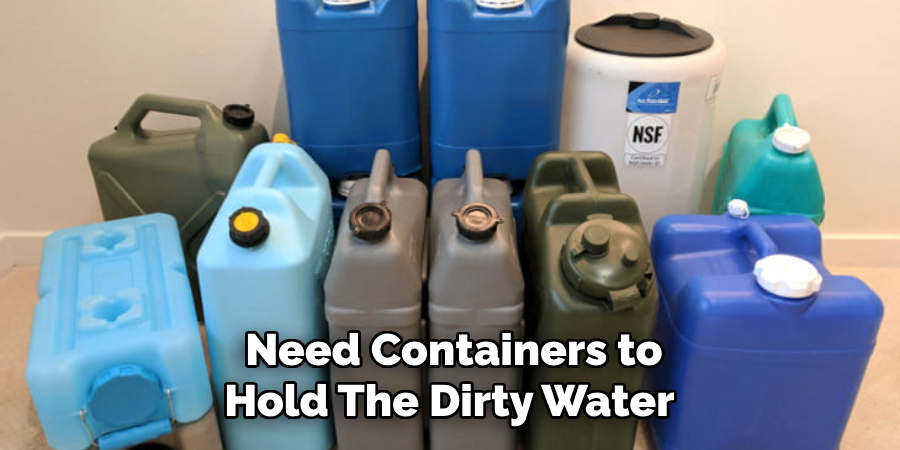
Broom and Mop:
A broom and mop will come in handy for sweeping away debris and mopping up excess water.
Disinfectant Cleaner:
Choose a disinfectant cleaner that is safe for use on bathroom surfaces, as well as one that can effectively kill bacteria and mold.
Wet/Dry Vacuum:
A wet/dry vacuum is a useful tool for removing large amounts of water from the bathroom floor.
10 Simple Step-by-step Process on How to Clean a Flooded Bathroom
Now that you have assessed the damage and gathered your tools, it’s time to start cleaning. Here are the steps you should follow:
Step 1: Remove Excess Water
Use a wet/dry vacuum or buckets to remove as much water as possible from the bathroom floor. The sooner you remove the water, the less damage it will cause. It’s essential to dry the floor completely to prevent mold growth. You can also use towels or rags to soak up excess water.
But remember to dispose of them properly as they may contain bacteria and other contaminants. It’s also a good idea to open windows and doors for ventilation.
Step 2: Clean Up Debris
Remove any debris or objects that may have gotten swept up in the flood. This could include items like towels, toilet paper, or personal care products. Make sure to dispose of them properly.
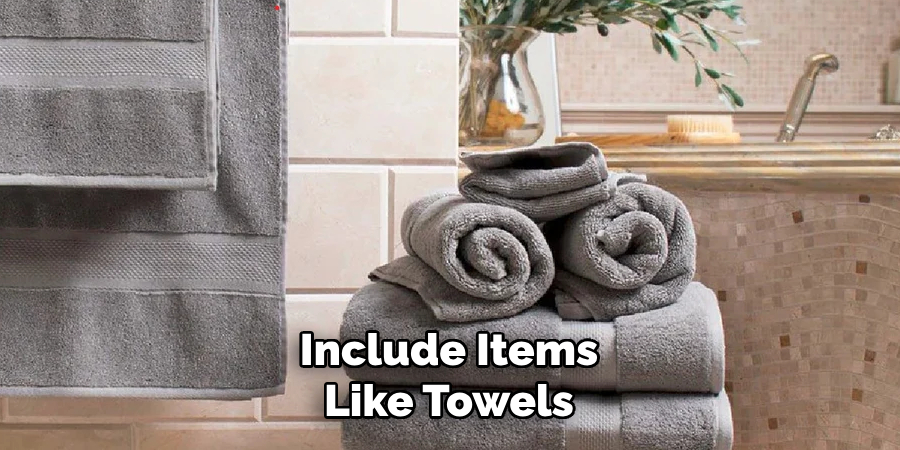
You may also need to remove any moldy or damaged materials, such as drywall or carpeting. However, be cautious when handling these materials as they may contain mold or bacteria. It’s best to wear a mask and gloves for added protection.
Step 3: Disinfect Surfaces
Using a disinfectant cleaner, wipe down all affected surfaces, including walls, floors, and fixtures. This will help kill any bacteria or mold that may have formed during the flooding. Be thorough and pay attention to crevices and corners where bacteria can hide.
The disinfectant cleaner will also help eliminate any lingering odors. You may need to repeat this step a few times until all surfaces are thoroughly disinfected.
Step 4: Clean Plumbing Fixtures
If your plumbing fixtures were the source of the flood, it’s crucial to clean them thoroughly. Use a brush or cloth and a disinfectant cleaner to scrub away any mold, bacteria, or debris that may have built up in the fixtures.
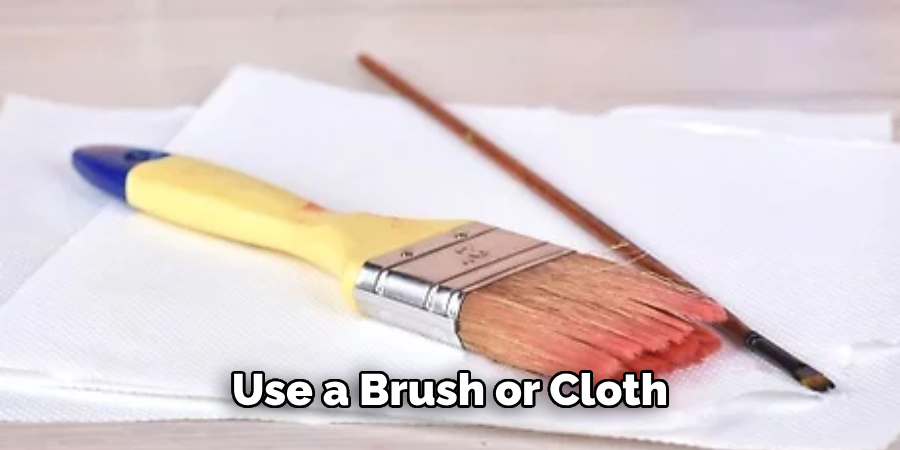
Pay special attention to areas like drains and faucets. But be careful not to damage the fixtures while cleaning. If necessary, you may need to call a professional plumber to address any underlying issues.
Step 5: Dry Out Affected Areas
Using fans or a dehumidifier, dry out any areas that were affected by the flood. This will help prevent mold growth and further damage. You may also need to remove baseboards or drywall to allow for proper airflow.
It’s essential to monitor the affected areas and make sure they are completely dry before moving on to the next step. You can also use a moisture meter to check for any hidden pockets of moisture.
Step 6: Sanitize Towels and Rags
If you use towels or rags to absorb water, make sure to sanitize them before using them again. You can either wash them in hot water with detergent or soak them in a bleach solution for at least 10 minutes.
You can also dispose of them and use new ones instead. It’s crucial to prevent the spread of bacteria and mold by properly sanitizing any materials used in the flooded bathroom. You should also wash your hands thoroughly before and after handling any materials.
Step 7: Clean and Disinfect the Floor
Using a mop or cloth, clean the bathroom floor with a disinfectant cleaner. Pay extra attention to corners and crevices where bacteria may be hiding. Then, rinse the floor with clean water to remove any residue from the cleaner.
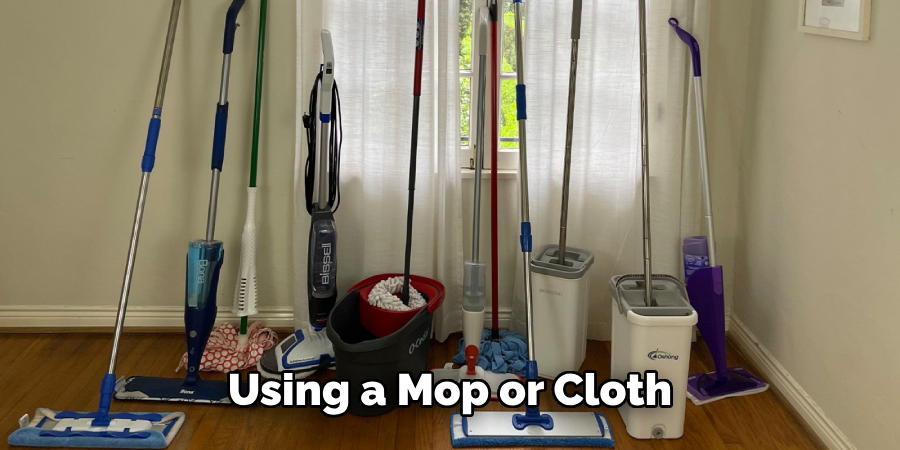
Dry the floor completely to prevent mold growth.
It’s also important to disinfect any cleaning tools used on the floor afterward. But be sure to let them dry before storing them away. It’s best to use separate tools for cleaning the flooded bathroom and other areas of your home.
Step 8: Check for Mold
Even after thoroughly cleaning and disinfecting, there may still be mold present in hidden areas. Use a flashlight to check under cabinets, behind walls, and in other hard-to-reach places for any signs of mold growth.
If you find mold, it’s best to consult a professional for proper removal and remediation. But if it’s a small amount, you can use a mold-killing product to eliminate it yourself. Remember to wear protective gear and properly ventilate the area while handling mold.
Step 9: Seal Cracks and Gaps
If there are any cracks or gaps in the bathroom walls or floor, seal them with caulk or silicone to prevent water from seeping in during future floods.
This will also help keep out mold and bacteria. You may need to replace damaged drywall or flooring if the damage is severe. It’s best to consult a professional for any structural repairs.
The key is to prevent moisture from accumulating in the bathroom. You can also use a dehumidifier to keep the humidity level low and prevent mold growth.
Step 10: Take Preventative Measures
To avoid future floods and the need for another deep cleaning, it’s essential to take preventative measures.
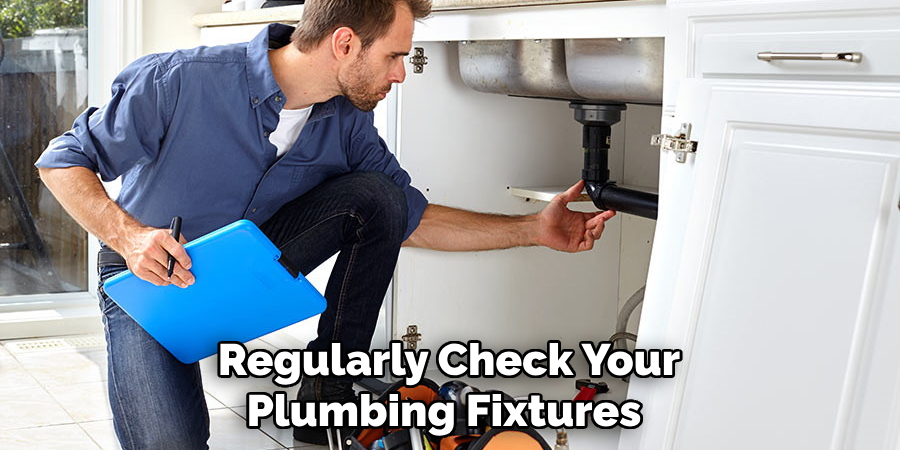
Regularly check your plumbing fixtures and address any leaks or issues promptly. Keep an eye out for signs of mold growth and address them immediately. It’s also helpful to keep a squeegee in the bathroom and wipe down surfaces after each use to prevent water buildup.
And remember to regularly clean and disinfect your bathroom to maintain a healthy and hygienic space. By following these steps on how to clean a flooded bathroom, you can effectively clean and prevent a flooded bathroom from causing further damage.
So, always be vigilant and address any potential issues before they become larger problems. With proper maintenance and quick action, you can keep your bathroom in top shape and avoid the hassle of dealing with a flooded bathroom. Remember, prevention is key to maintaining a clean and healthy home.
Preventive Measures for Future Incidents
- Regularly check plumbing fixtures for leaks and address them promptly.
- Keep an eye out for signs of mold growth and address them immediately.
- Use a squeegee to wipe down surfaces after each use to prevent water buildup.
- Regularly clean and disinfect the bathroom to maintain a healthy and hygienic space.
- Consider installing waterproofing materials or systems in vulnerable areas.
- Keep a supply of towels and rags for potential emergencies.
- Have a plan in place for dealing with plumbing or water-related incidents.
- Make sure to have proper insurance coverage for flood damage.
- Stay informed about weather and flood warnings in your area.
- If you live in an area prone to floods, consider keeping sandbags on hand to prevent water from entering your home.
- Consult a professional for any structural repairs or preventative measures.
Additional Tips
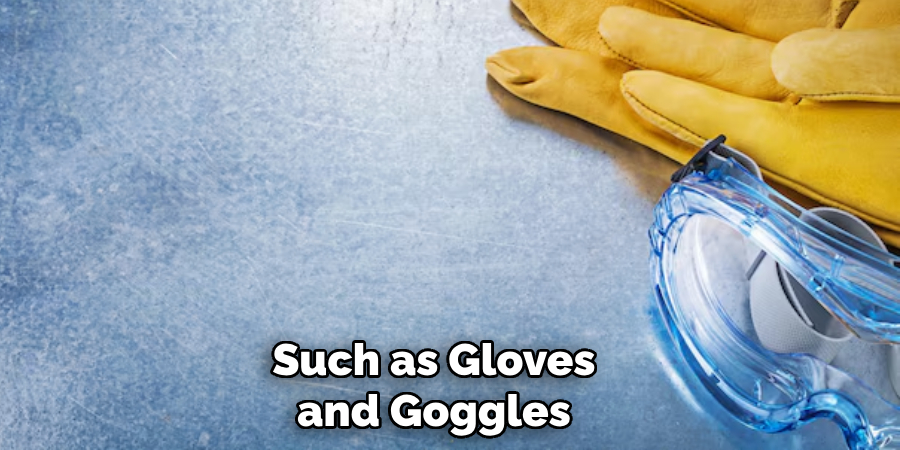
- It’s important to address a flooded bathroom quickly to prevent further damage and potential health hazards.
- In case of extensive flooding or severe damage, it’s always best to consult a professional for proper remediation.
- Wear protective gear, such as gloves and goggles, when handling potentially contaminated materials.
- Properly ventilate the area while cleaning and disinfecting to avoid inhaling harmful chemicals or mold spores.
- Use natural cleaners, such as vinegar and baking soda, for a more eco-friendly approach to cleaning.
- Keep a list of emergency contacts, including plumbers and remediation services, in case of future incidents. Overall, being prepared and taking immediate action is key to effectively dealing with a flooded bathroom.
Do You Need to Use Professional Support?
Dealing with a flooded bathroom can be overwhelming and time-consuming. In some cases, it may be necessary to seek professional assistance for proper remediation and repairs. Consider consulting a plumber if the flooding was caused by plumbing issues or a mold specialist if there is extensive mold growth.
It’s always better to err on the side of caution when it comes to potential health hazards and structural damage. So, don’t hesitate to reach out for support if needed.
It’s also a good idea to review your homeowner’s insurance policy to see if it covers flood damage. If so, you may be able to file a claim and receive financial assistance for repairs or professional services. Remember, the safety and well-being of yourself and your family should always come first.
You now have the knowledge and tools to effectively clean and prevent a flooded bathroom. Stay proactive, stay prepared, and stay safe. With these tips in mind, you can maintain a clean and healthy bathroom for years to come.
How Much Will It Cost?
The cost of cleaning a flooded bathroom will vary depending on the extent of the damage and whether or not professional services are needed for remediation and repairs.
If you can handle the cleanup yourself, the cost may be minimal – just some supplies and your time. However, if the flood has caused structural damage or extensive mold growth, it may be necessary to hire professionals, which can be more costly.
The best way to estimate the cost is to assess the damage and consult with professionals for quotes. In some cases, your homeowner’s insurance may cover flood damage, so be sure to review your policy and potentially file a claim.
You may also want to consider budgeting for preventative measures, such as installing waterproofing materials or systems, which can help avoid future incidents and potentially save you money in the long run.
Remember that investing in proper maintenance and prevention can ultimately save you from dealing with larger and more expensive problems down the road.
Frequently Asked Questions
Q: How Do I Dry Out a Flooded Bathroom Quickly?
A: Use towels, rags, and a wet/dry vacuum to absorb as much water as possible. Use fans or dehumidifiers to help with the drying process. You can also open windows and doors to increase air circulation.
It’s important to dry out the area as quickly as possible to prevent mold growth. But remember to always prioritize your safety and wear protective gear when handling potentially contaminated water.
Q: Can I Use Bleach to Clean a Flooded Bathroom?
A: Yes, bleach can be effective in disinfecting and killing mold. However, it’s important to follow safety precautions when using bleach, such as wearing protective gear and properly ventilating the area.
However, keep in mind that bleach can also be harmful to some surfaces and may not be suitable for all types of flooding incidents. Consider consulting a professional for advice on the best cleaning products for your specific situation.
Q: How Do I Know If There Is Mold Growth in My Bathroom?
A: Look for visible signs of mold, such as dark spots or discoloration on surfaces. You may also notice a musty odor.
If you suspect mold but can’t see it, consider hiring a professional for testing and remediation. The sooner you address mold growth, the easier and less expensive it will be to remove.
It’s also important to keep an eye out for any potential water leaks or moisture buildup, as these can lead to mold growth if left unaddressed. Regularly inspecting and maintaining your bathroom can help prevent mold from becoming a problem.
Q: Are Natural Cleaners Effective Against Mold?
A: Yes, natural cleaners such as vinegar and baking soda can be effective in killing mold. However, they may not be as potent as chemical cleaners and may require multiple applications. If you have a severe mold problem, it’s best to consult a professional for proper remediation.
Conclusion
Dealing with a flooded bathroom can be overwhelming and stressful, but by following these steps and taking preventative measures, you can effectively clean and prevent future incidents.
Remember to prioritize safety and wear protective gear when handling any potentially hazardous materials. And don’t hesitate to seek professional help if needed.
By staying proactive and addressing any issues promptly, you can maintain a clean and healthy bathroom for years to come. So, make sure to stay informed and prepared for potential emergencies. With these tips on how to clean a flooded bathroom, you’ll be equipped to handle a flooded bathroom with ease.

